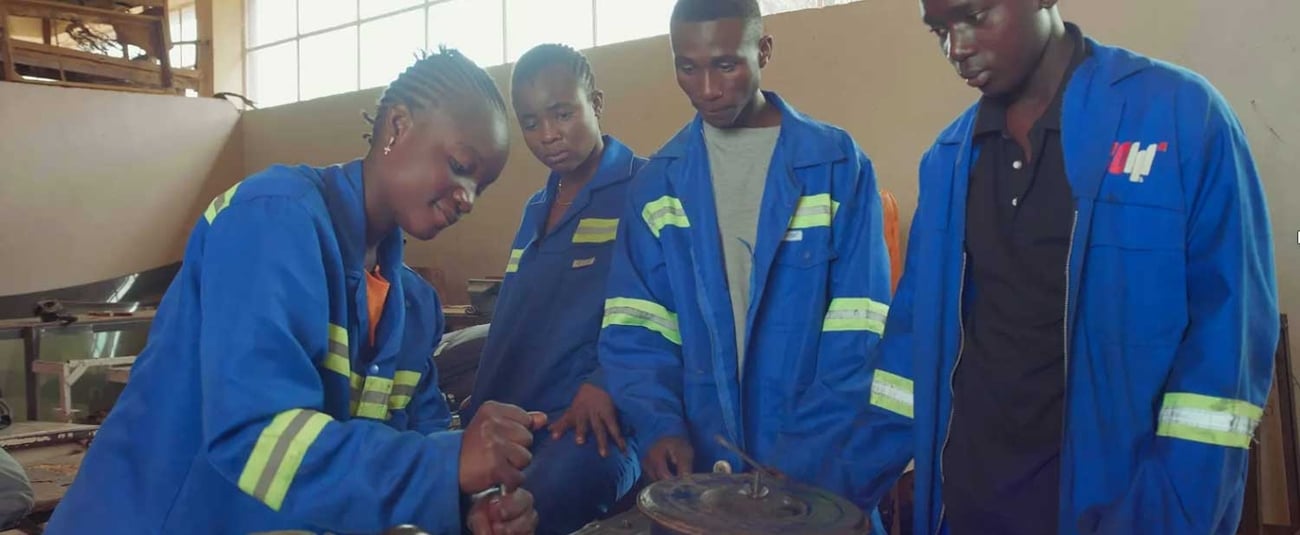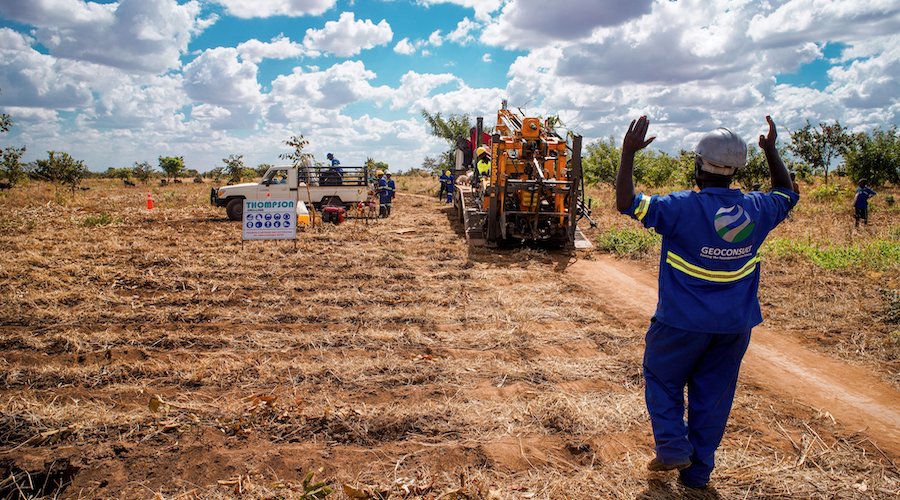thyssenkrupp navigates South Africa lockdown to replace platinum mine HPGR roll
As the COVID-19 pandemic tightens its grip, thyssenkrupp Industrial Solutions says it is assisting customers in maintaining operational efficiencies through sustainable service delivery and innovative technologies.
“The global economic crisis, as a consequence of the COVID-19 pandemic, has put the drive for efficiency into top gear,” Philipp Nellessen, CEO of thyssenkrupp Industrial Solutions Sub Sahara Africa, said. “Fundamental to this drive is cutting-edge technology. Through our ongoing investment in people and R&D and our over 200 years of expertise, we are able to develop advanced technologies to assist mining and other industries in achieving maximum operational efficiencies.”
Although the South Africa mining industry was not operational during national lockdown Level 5, critical repairs were still permitted. As an essential service provider, thyssenkrupp has been delivering maintenance and repair as well as rebuild work to local mines.
The company assisted a platinum mine in Limpopo Province with a roll change on one of thyssenkrupp’s flagship products, a high pressure grinding roll (HPGR).
Nico Erasmus, thyssenkrupp Industrial Solutions Sub Sahara Africa Head of Service Operations, explained: “The scope of work required a rebuild on the HPGR set as well as the installation of the hardware on the mine site, making this our largest project in the national lockdown period.
“We are very pleased that even in a complete lockdown situation, we were able to complete the project in a healthy and safe manner, in excellent co-operation with our customer.”
The customer had “excellent controls” in place and thyssenkrupp complemented the risk mitigation with its own additional preventative protocols, he added.
Procedures included pre-selection of a team that falls inside the recommended age and health categories, pre-screening at both thyssenkrupp and customer sites, limiting the amount of people on shifts and in spaces, adhering to stringent hygiene measures (hand sanitising, wearing face masks, social distancing, cleaning of surfaces, tools and equipment), and implementing special transport and accommodation measures.
According to Erasmus, despite several challenges, the team adapted quickly to all the controls while still being responsive enough to get the work done safely and within the scheduled timelines.
“The transport of super loads (two trucks with 120 t loads each) was a real challenge, but our logistics team rose to the occasion and got the loads on site in no time and ready for installation,” Erasmus said.
To remain operational and continue seamless service delivery to customers, thyssenkrupp has implemented all necessary policies in line with South Africa Government COVID-19 regulations.
These include possession of all essential services permits and strict entry control protocols for employees, visitors and suppliers at all premises. Employees are required to attend mandatory training sessions conducted by the OSH department, wear all necessary personal protective equipment, sanitise regularly and maintain social distancing.
A dedicated COVID-19 committee has been set up to assess changing regulations and risks associated with office and site working environments, the company said.
“With the majority of employees working from home, we have faced our fair share of challenges but the process was very well organised with IT managing it all incredibly well ensuring that everybody was equipped in time,” Erasmus said. “We only had one day of downtime at our essential service workshop site.”
Wrapping up, an optimistic Nellessen says he is in no doubt that South Africa/Sub-Sahara Africa will recover.
“The people here are incredibly brave and innovative and companies will find their way out of the crisis,” he said.
“Despite tough times ahead for some industries, the mining sector continues to show growth and here I foresee a restart and a good recovery, depending on mining commodities probably taking anything between three to 12 months to reach previous and required pricing levels.”
Share this content:















Post Comment